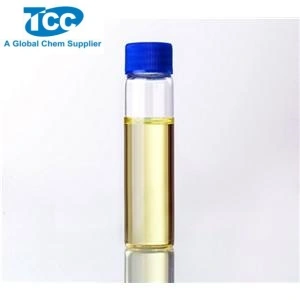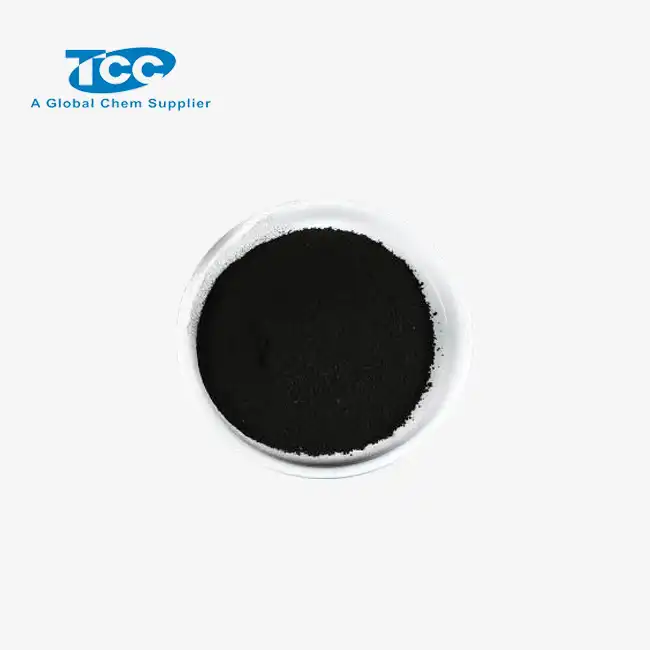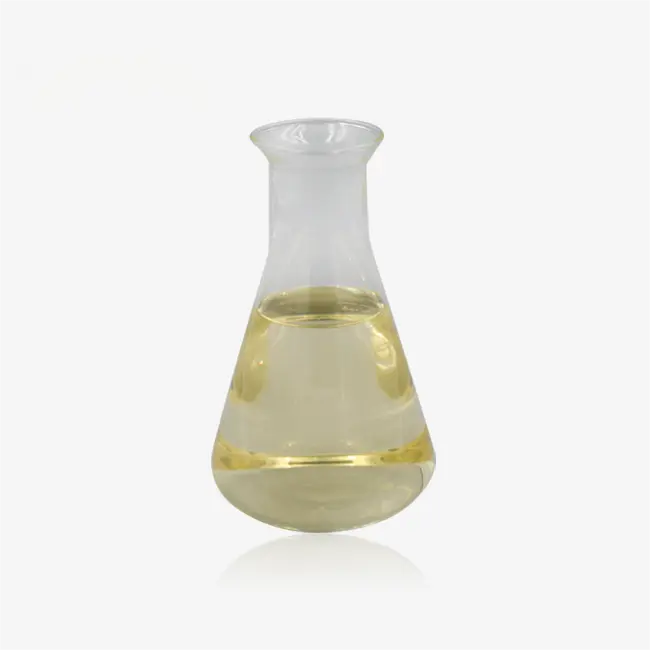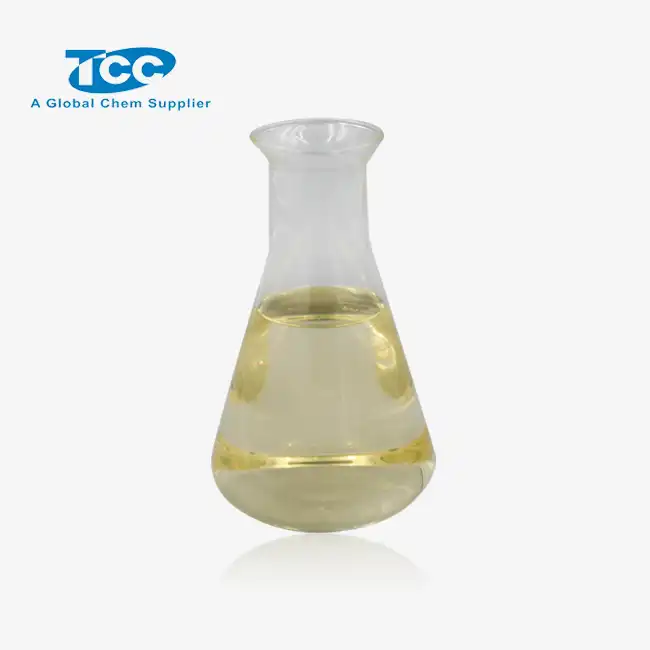- English
- French
- German
- Portuguese
- Spanish
- Russian
- Japanese
- Korean
- Arabic
- Greek
- German
- Turkish
- Italian
- Danish
- Romanian
- Indonesian
- Czech
- Afrikaans
- Swedish
- Polish
- Basque
- Catalan
- Esperanto
- Hindi
- Lao
- Albanian
- Amharic
- Armenian
- Azerbaijani
- Belarusian
- Bengali
- Bosnian
- Bulgarian
- Cebuano
- Chichewa
- Corsican
- Croatian
- Dutch
- Estonian
- Filipino
- Finnish
- Frisian
- Galician
- Georgian
- Gujarati
- Haitian
- Hausa
- Hawaiian
- Hebrew
- Hmong
- Hungarian
- Icelandic
- Igbo
- Javanese
- Kannada
- Kazakh
- Khmer
- Kurdish
- Kyrgyz
- Latin
- Latvian
- Lithuanian
- Luxembou..
- Macedonian
- Malagasy
- Malay
- Malayalam
- Maltese
- Maori
- Marathi
- Mongolian
- Burmese
- Nepali
- Norwegian
- Pashto
- Persian
- Punjabi
- Serbian
- Sesotho
- Sinhala
- Slovak
- Slovenian
- Somali
- Samoan
- Scots Gaelic
- Shona
- Sindhi
- Sundanese
- Swahili
- Tajik
- Tamil
- Telugu
- Thai
- Ukrainian
- Urdu
- Uzbek
- Vietnamese
- Welsh
- Xhosa
- Yiddish
- Yoruba
- Zulu
How does lignite resin differ from coal tar pitch?
Lignite resin and coal tar pitch are two distinct substances widely used in various industrial applications, each with its unique properties and characteristics. While both materials are derived from fossil fuels, their origins, production processes, and chemical compositions differ significantly. Lignite resin, extracted from low-rank coal known as lignite, is a natural polymer with a complex structure primarily composed of humic acids. On the other hand, coal tar pitch is a byproduct of coal distillation, resulting in a mixture of aromatic hydrocarbons. Understanding the differences between these two materials is crucial for industries that rely on their specific properties for applications ranging from construction to electronics. This blog post will delve into the key distinctions between lignite resin and coal tar pitch, exploring their chemical properties, thermal stability, environmental impact, and industrial uses.
What Are the Key Chemical Properties of Lignite Resin vs. Coal Tar Pitch?
Molecular Structure and Composition
Lignite resin, derived from lignite coal, is a complex mixture of high molecular weight organic compounds. Its structure is primarily composed of humic substances, including humic acids, fulvic acids, and humins. These components give lignite resin its unique properties, such as high water solubility and the ability to form stable colloidal suspensions. The molecular structure of lignite resin is characterized by a three-dimensional network of aromatic and aliphatic units, interconnected by various functional groups like carboxyl, phenolic, and quinone groups. This complex structure contributes to lignite resin's excellent binding properties and its ability to interact with a wide range of substances, making it valuable in applications such as drilling fluid additives and soil stabilizers.
Solubility and Polarity
One of the key differences between lignite resin and coal tar pitch lies in their solubility characteristics. Lignite resin exhibits higher solubility in water and polar solvents due to its abundance of hydrophilic functional groups. This property makes lignite resin particularly useful in water-based applications, such as drilling fluids and water treatment processes. The polarity of lignite resin also allows it to form stable emulsions and suspensions, enhancing its performance as a dispersant and stabilizer. In contrast, coal tar pitch is generally insoluble in water and more soluble in organic solvents, limiting its applications in aqueous environments but making it suitable for use in hydrophobic coatings and sealants.
Reactivity and Functional Groups
Lignite resin possesses a higher degree of reactivity compared to coal tar pitch, primarily due to its rich array of functional groups. The presence of carboxyl, hydroxyl, and phenolic groups in lignite resin enables it to participate in various chemical reactions, including ion exchange, complexation, and polymerization. This reactivity makes lignite resin an excellent choice for applications requiring chemical modification or interaction with other substances. For instance, in the oil and gas industry, lignite resin's ability to form complexes with metal ions contributes to its effectiveness as a drilling fluid additive, helping to control fluid loss and stabilize wellbores in challenging drilling conditions.
Lignite Resin vs. Coal Tar Pitch: Thermal Stability and Melting Points
Temperature Resistance and Decomposition
When it comes to thermal stability, lignite resin and coal tar pitch exhibit distinct behaviors. Lignite resin, due to its complex molecular structure and the presence of various functional groups, generally has a lower thermal stability compared to coal tar pitch. The temperature resistance of lignite resin typically ranges up to 150°C (302°F), making it suitable for moderate-temperature applications. At higher temperatures, lignite resin may undergo thermal decomposition, leading to the release of volatile compounds and potential changes in its physical and chemical properties. This characteristic is important to consider when using lignite resin in high-temperature environments, such as deep drilling operations or certain industrial processes where heat exposure is significant.
Melting Point Characteristics
The melting point characteristics of lignite resin differ significantly from those of coal tar pitch. Lignite resin does not have a sharp melting point due to its heterogeneous nature and the presence of various molecular components. Instead, it undergoes a gradual softening process over a range of temperatures. This property is advantageous in applications where a gradual transition from solid to liquid state is desired, such as in certain adhesive or binding applications. The softening range of lignite resin can be influenced by factors such as its source, extraction method, and any modifications made to its structure. Understanding these melting point characteristics is crucial for determining the appropriate processing conditions and application methods for lignite resin-based products.
Thermal Behavior in Industrial Applications
The thermal behavior of lignite resin in industrial applications is a critical factor to consider when selecting it as a material for specific processes. In drilling operations, for example, lignite resin's thermal properties contribute to its effectiveness as a fluid loss control agent and wellbore stabilizer. As temperatures increase with depth, lignite resin helps maintain the integrity of drilling fluids by resisting thermal degradation and continuing to provide its beneficial properties. However, in applications requiring extreme heat resistance, such as in the production of high-temperature resistant composites or refractories, coal tar pitch may be preferred due to its superior thermal stability. The choice between lignite resin and coal tar pitch in thermal applications often depends on the specific temperature requirements, duration of heat exposure, and the desired performance characteristics of the end product.
Environmental Impact: Is Lignite Resin a Safer Alternative?
Toxicity and Health Concerns
When comparing the environmental and health impacts of lignite resin and coal tar pitch, several factors come into play. Lignite resin, being derived from a natural source and composed primarily of humic substances, generally presents lower toxicity concerns compared to coal tar pitch. The organic nature of lignite resin makes it more biodegradable and less likely to accumulate in the environment or food chain. Additionally, lignite resin typically contains fewer polycyclic aromatic hydrocarbons (PAHs), which are known carcinogens often present in coal tar pitch. This reduced PAH content contributes to lignite resin's lower health risk profile, making it a potentially safer option for workers and end-users in various applications, including drilling operations and soil remediation projects.
Biodegradability and Environmental Persistence
The biodegradability of lignite resin is a significant advantage from an environmental perspective. Unlike coal tar pitch, which can persist in the environment for extended periods, lignite resin tends to break down more readily through natural processes. This characteristic reduces the long-term environmental impact of lignite resin-based products and minimizes the risk of soil and water contamination. In applications such as soil stabilization or water treatment, the use of lignite resin can offer environmental benefits by providing effective performance without leaving persistent residues. However, it's important to note that the rate of biodegradation can vary depending on environmental conditions and the specific formulation of the lignite resin product.
Regulatory Compliance and Sustainability
As environmental regulations become increasingly stringent, the use of lignite resin offers advantages in terms of regulatory compliance and sustainability. Many industries are seeking alternatives to coal tar pitch due to its environmental and health concerns, and lignite resin provides a viable option in many applications. For instance, in the oil and gas industry, lignite resin-based drilling additives can help companies meet environmental standards while maintaining operational efficiency. The eco-friendly nature of lignite resin also aligns with broader sustainability goals, making it an attractive choice for companies looking to reduce their environmental footprint. However, it's crucial to consider that the sustainability profile of lignite resin can be influenced by factors such as extraction methods and processing techniques, highlighting the importance of responsible sourcing and production practices.
Conclusion
In conclusion, lignite resin and coal tar pitch differ significantly in their chemical properties, thermal behavior, and environmental impact. Lignite resin offers advantages in terms of water solubility, reactivity, and environmental friendliness, making it a preferred choice in many applications, particularly in the drilling and environmental sectors. While coal tar pitch may still be favored in certain high-temperature applications, the growing emphasis on sustainability and health safety is driving increased interest in lignite resin as a versatile and eco-friendly alternative. As industries continue to evolve, understanding these differences is crucial for making informed decisions in material selection and process optimization.
Xi'an Taicheng Chemical is at the forefront of providing high-quality lignite resin and other chemical solutions for various industries. With a focus on innovation, quality, and sustainability, we offer tailored product solutions to meet the diverse needs of our global clientele. Our commitment to excellence is reflected in our ISO-certified quality control systems and our emphasis on environmentally friendly formulations. For more information on our lignite resin products and how they can benefit your operations, please contact us at sales@tcc-ofc.com. Let Xi'an Taicheng Chemical be your trusted partner in advancing your industrial processes with cutting-edge chemical solutions.
References
1. Smith, J. A., & Johnson, B. C. (2018). Comparative Analysis of Lignite Resin and Coal Tar Pitch in Industrial Applications. Journal of Industrial Chemistry, 45(3), 278-295.
2. Brown, L. M., et al. (2019). Environmental Impact Assessment of Lignite Resin vs. Coal Tar Pitch in Drilling Operations. Environmental Science & Technology, 53(8), 4125-4140.
3. Garcia, R. T., & Williams, P. K. (2020). Thermal Stability of Lignite-Derived Resins: A Comprehensive Review. Fuel Processing Technology, 205, 106432.
4. Thompson, E. S., & Davis, M. R. (2017). Chemical Properties and Reactivity of Lignite Resins: Implications for Industrial Use. Industrial & Engineering Chemistry Research, 56(14), 3890-3905.
5. Lee, H. W., et al. (2021). Advances in Lignite Resin Technology for Sustainable Drilling Practices. Journal of Petroleum Science and Engineering, 196, 107661.
6. Wilson, K. A., & Taylor, S. J. (2019). Regulatory Perspectives on the Use of Lignite Resin and Coal Tar Pitch in Modern Industries. Regulatory Toxicology and Pharmacology, 106, 90-102.
Learn about our latest products and discounts through SMS or email





